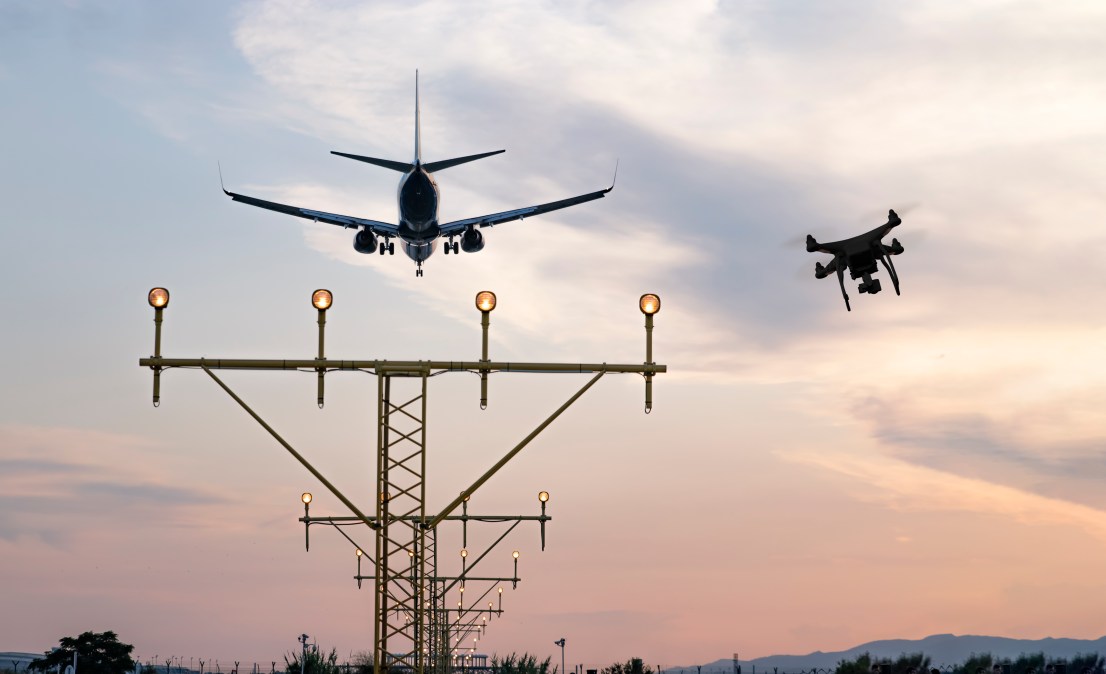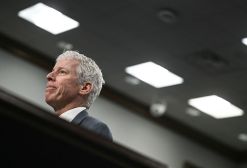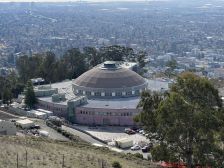Energy Department requests information for counter-drone capabilities

The Department of Energy is seeking information about the available technologies, approaches and business models for counter-drone capabilities until the end of January.
DOE’s Sandia National Laboratories, on behalf of the National Nuclear Security Administration’s Center for Security, Technology, Analysis, Response and Testing within the Defense Nuclear Security Office (NA-70), released a request Monday for information on counter uncrewed aircraft systems (cUAS), more commonly known as “drones.” This request is not an obligation for Sandia to acquire any services, according to the release.
Specifically, the RFI cites wanting to explore command and control [C2] systems that are “highly agile and adaptable to evolving threats,” and have capabilities that enable “seamless integration of sensors, effectors and C2 algorithms” from various suppliers. The department also requested that the information it receives involve systems that are able to upgrade as the latest technology arrives, briefly and cost-effectively.
“The widespread availability and rapid evolution of small uncrewed aircraft systems (UAS) … pose significant security challenges,” the request states. “NA-70 has begun to plan for its long-term, next-generation approach to counter the UAS threat.”
DOE is looking to approach a cUAS system that is “fully adaptable to different sites,” encompassing high-security sites that range from flat terrain with a smaller population to one that is highly populated and situated in mountainous terrain.
The RFI highlights three critical goals: maximizing the performance of the system as well as the extensibility, documenting system decision processes fully and providing government ownership of the core technical elements of the cUAS system.
Additionally, NA-70 noted an emphasis on data transparency as a “core requirement that permeates all aspects of the next-generation system,” extending to system development like exposure of source code and training data with the government. That also would include operations such as “sensors capable of both raw and processed data.”






